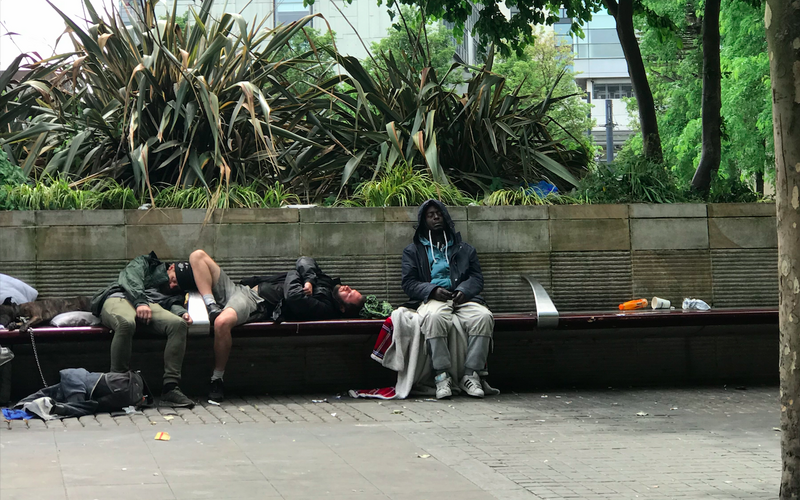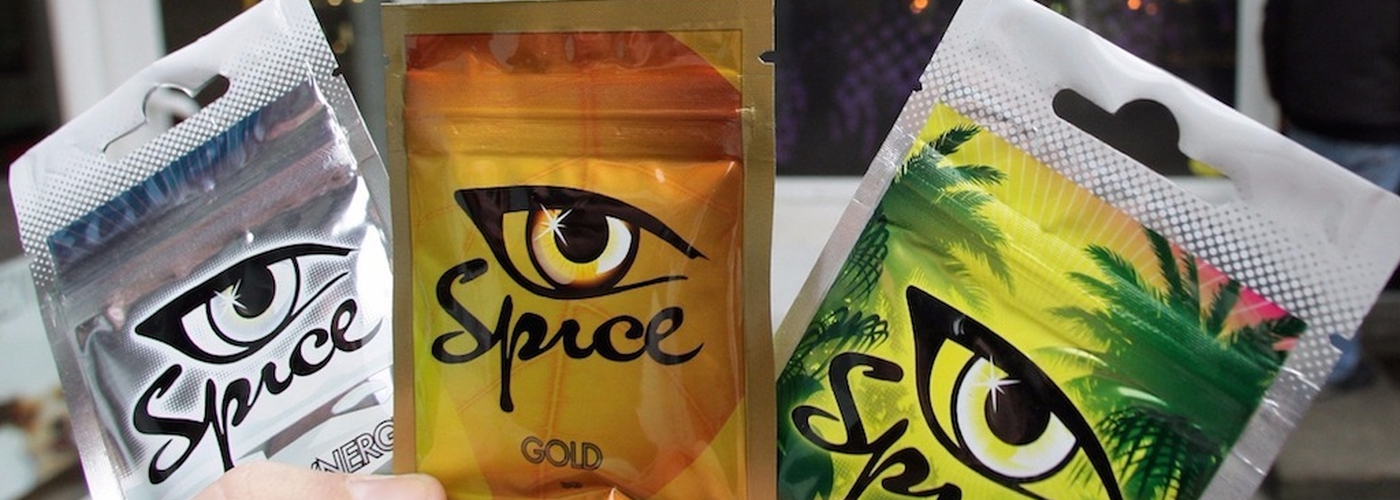Jenessa Williams visits ForwardLeeds to find out more about the challenges facing Leeds' most vulnerable users
Zombified, plague-like, epidemic… all words used by the mainstream media to describe users of Spice. Having increased steadily in popularity since 2008, the effects of the synthetic drug can be seen readily across the city centre and beyond, it’s users slumped in various states of strange, crouched positions or passed out entirely, vulnerable to the elements and their own physical health.
Spice is known to be favoured amongst rough sleepers, mainly for it’s cheap procurement but also for it’s ability to completely obliterate the senses, temporarily removing the user from what is often a very harsh reality. There is no denying that it is a distressing sight to see, and with calls to upgrade it to Class A status, it seems that many Spice users are risking a high that can come with very unpredictable consequences.
Claire mentions some clients who actually alternate to heroin as a form of ‘light relief’
With so little knowledge about the substance, I have found myself calling ambulances for various members of the community in the past six months, unsure of how best to help. With education and understanding the first step towards making a change, I booked myself onto a class “What Do You Know About Spice?”
Turns out, it was actually very little.

For starters, Spice itself is not actually a drug name, but a brand. Led by Claire Roberts of Forward Leeds, an alcohol and drug service that offers support in the community, we learn that SPICE itself is actually something of a catch-all name for a group of drugs known as Synthetic Cannabinoid Receptor Agonists, distributing in powders or liquids.
With up to 189 different components, it is very difficult to detect, distributed as powders or cannabis-like clusters, or in the case of prison smuggling, liquids, used to soak clothing or letters which can then be dissolved. Prison use is a particular problem, with a User Voice survey discovering that 33% of UK prisoners have used the substance in the past month.
Claire is keen to emphasise that Spice is not necessarily a young person’s drug either – in fact, the majority of users are within the 30+ bracket, rough sleeping and often using the drug to self-medicate for mental health issues on a budget - a small dose retails for as little as 50p. It is here, that Claire explains, we are to focus on rehabilitation – to break the cycle of Spice use, we need to address the issues that users are trying to escape in the first place.
The ‘epidemic’ of spice use in Leeds is actually relatively low compared to the national average
While some Spice users do report feelings of increased energy and relaxation, the drug is hugely potent, even at low doses. The biggest revelation of today’s class is that, contrary to popular belief, it is actually much closer to the effects of Ketamine or Glue than it is to Cannabis – in fact, it is normally 100-800 times stronger than your average joint.
With new batches varying wildly in terms of components and strength, the effects of high-level intoxication are highly unpleasant – seizures, vomiting, psychosis and in some cases, death - 24 reported cases in 2017. For those who do attempt to wean themselves off, the withdrawal symptoms are something akin to kicking heroin - Claire mentions some clients who actually alternate to heroin as a form of ‘light relief’.
On a more positive note, while it might seem otherwise, the ‘epidemic’ of spice use in Leeds is actually relatively low compared to the national average, or in particular, other cities such as Manchester or Lincoln.

Working with her colleague Kim Kaur, a complex case worker, Claire explains that spice use is nowhere near as large a threat as the media would have us believe.
“Forward Leeds has 42 current clients for Spice use, but 2,105 for alcohol. That isn’t to diminish the impact of what can be a very dangerous drug," she says, "but it does help change the harmful rhetoric that Spice is taking over our city.
"We’re gaining new knowledge on it’s affects all the time, and taking a proactive approach – reaching out to those who’d maybe be reluctant to come to us, finding options for housing and mental health support with the Safer Leeds Street Support Team – we’re really putting our best foot forward”.
So what can the average Leeds local do to support a vulnerable person under the influence of Spice? Much like finding anybody in an intoxicated state, it’s important to approach with calm to check the person’s breathing, and ensure that they are in as safe an environment as possible – encouraging them to sit or lie down in the recovery position. As always, if in any doubt, call 999.
In a wider sense, compassion is always key – while Spice is scary and distressing to see, it’s often a sign of much more distressing things for it’s user. With winter coming up and rough sleeping on the rise, take some time to donate warm clothing and food, prepay a night’s bed at St George’s Crypt or even check if somebody is okay instead of adverting your eyes and walking on – there’s no knowing what small difference it might make.
For more information, advice or support from Forward Leeds, visit www.forwardleeds.co.uk or visit their drop-in centre at 74 Kirkgate, LS27DJ.





